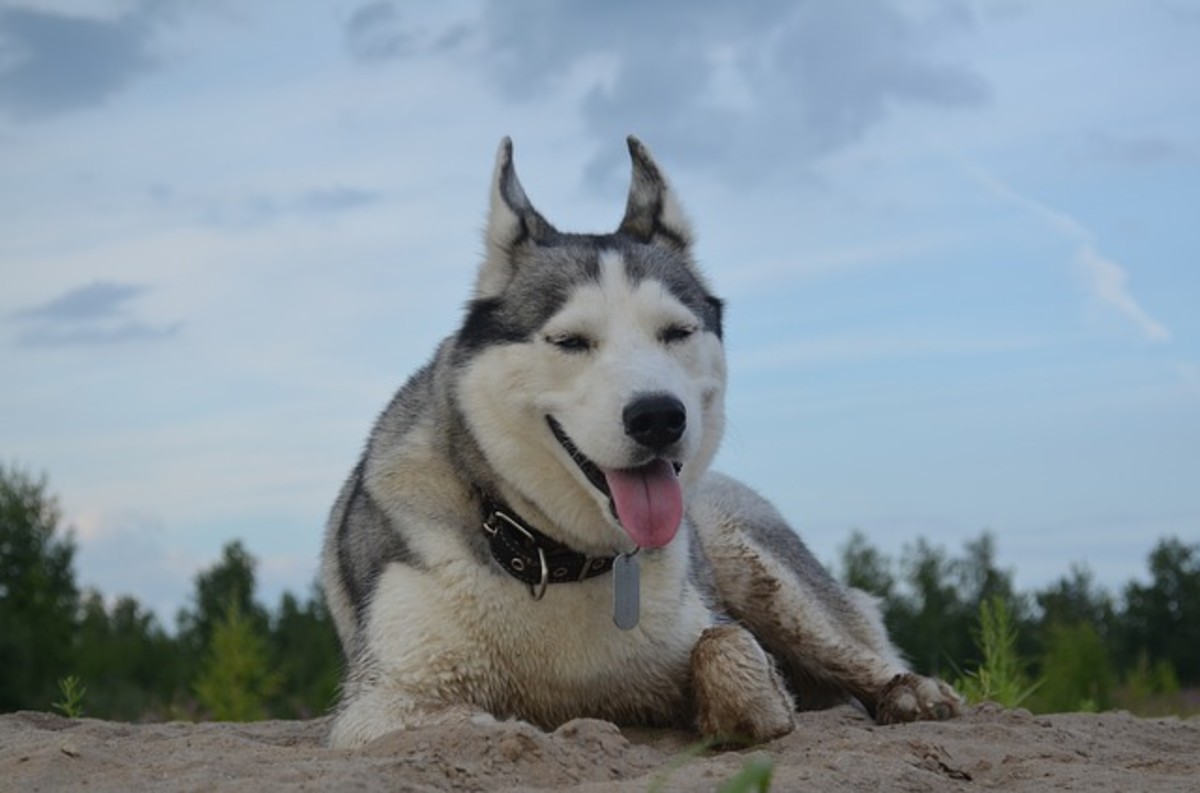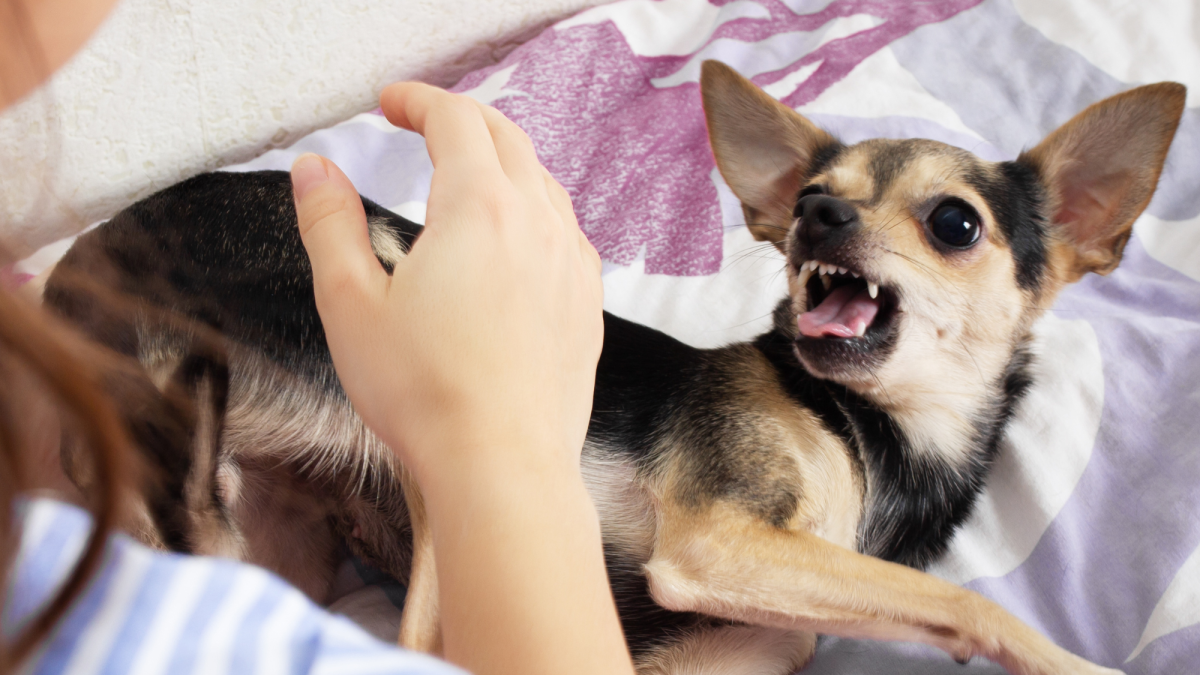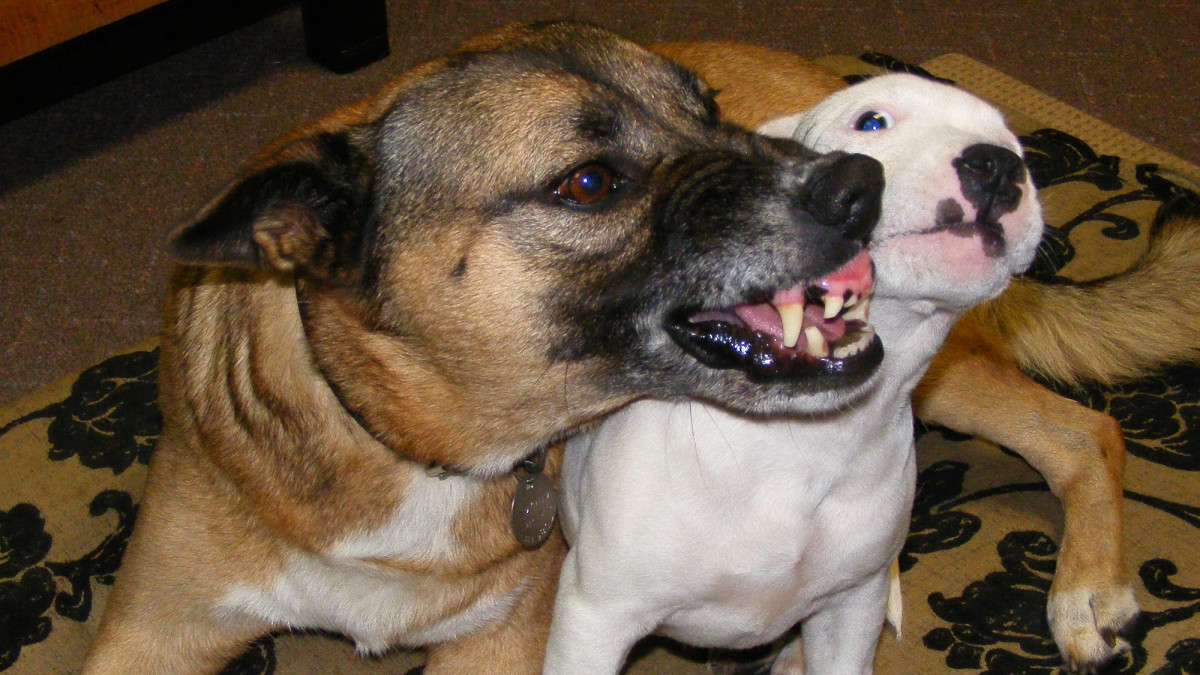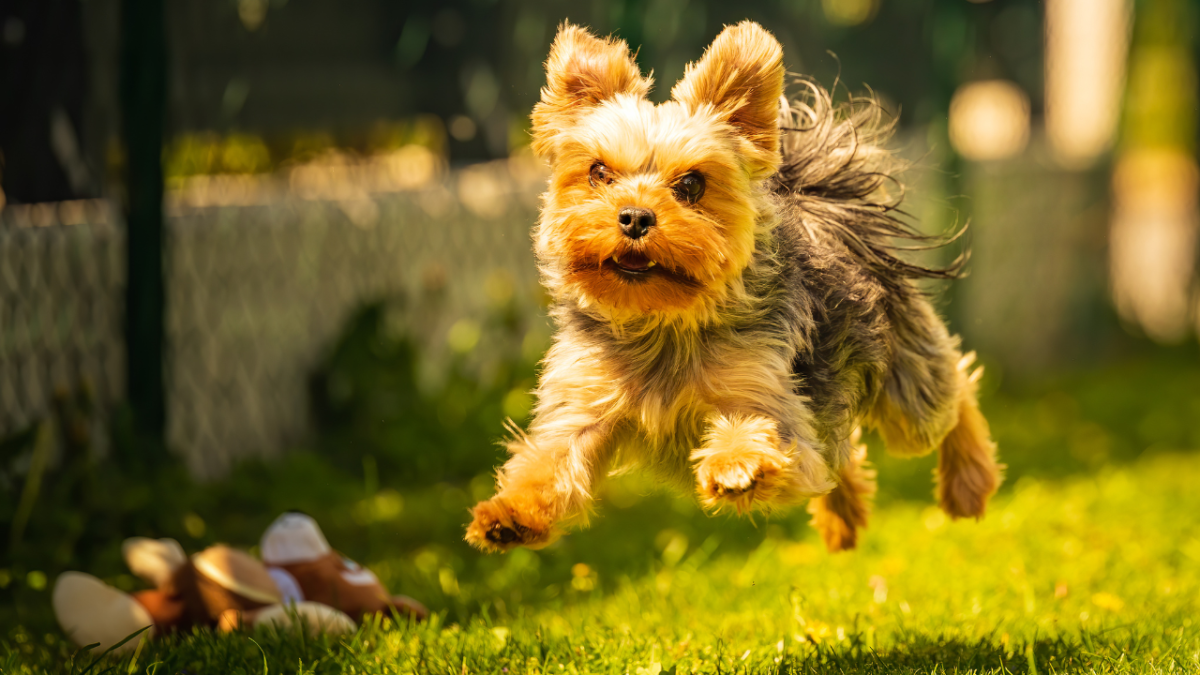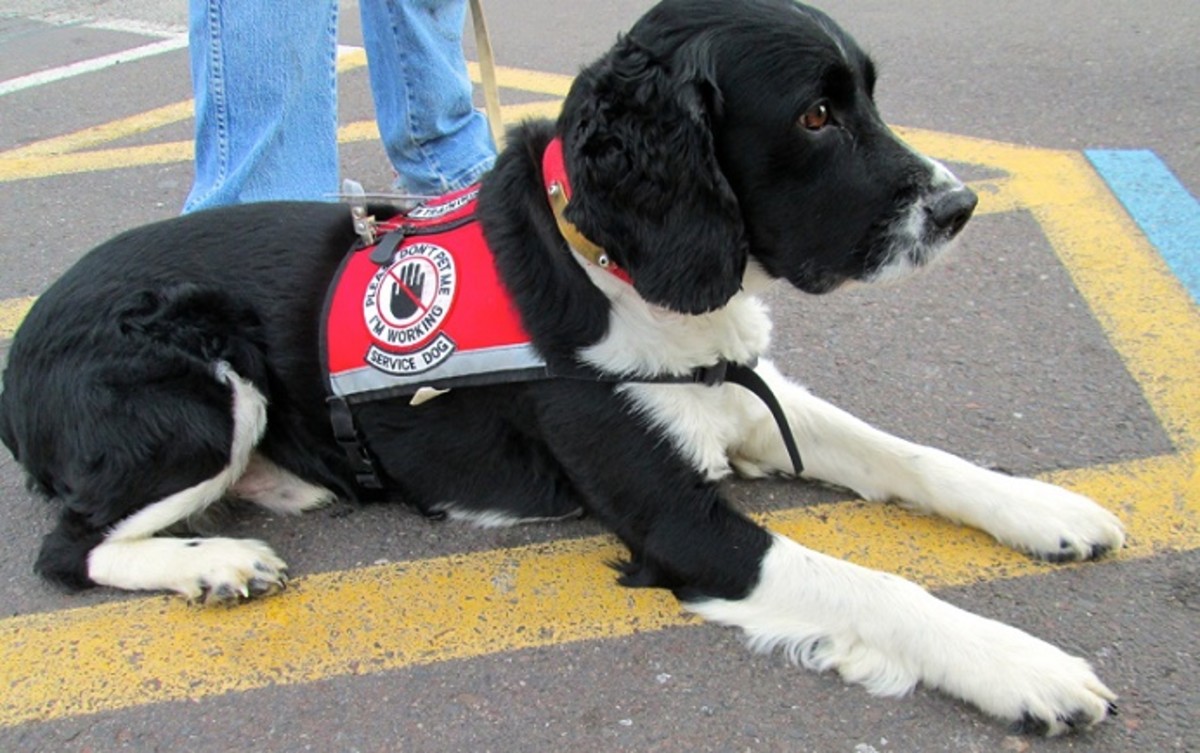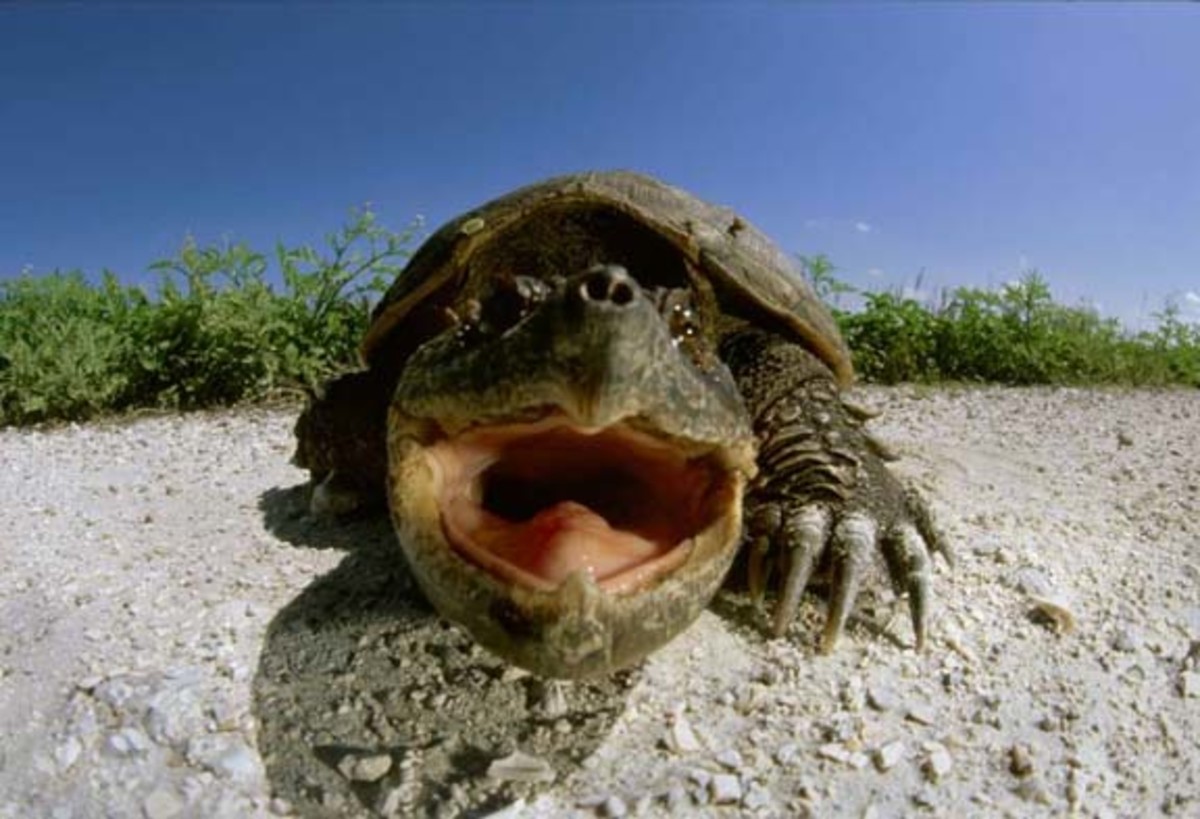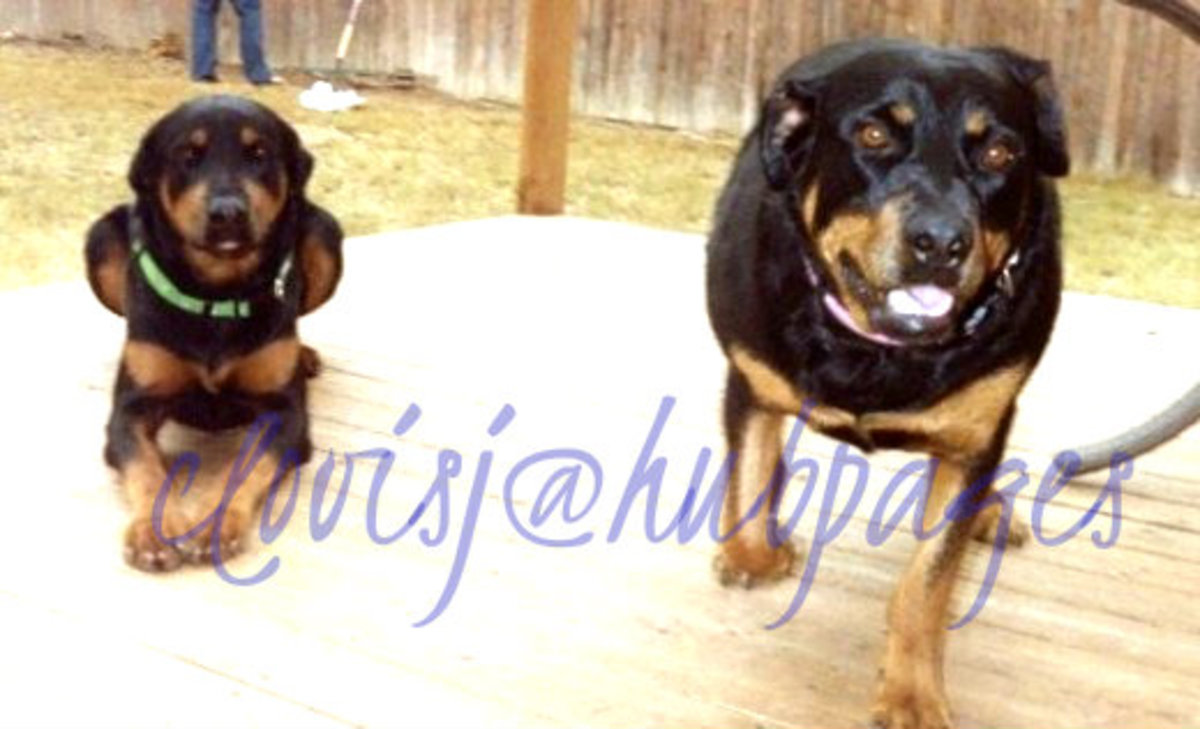Understanding canine body language.
Canines are great companions to have. Many different breeds are used for emotional support, therapy and service dogs. Some are trained to sniff out certain cancers and some can predict seizures. It is amazing how they are so intuitive with human beings.
As dog owners, we need to pay attention to our pups body language. That is how they speak to us and other dogs. We may not be able to predict how they are feeling, but you can get a good idea by studying them. You have to read their body as a whole, including their mouth, eyes and tail.
I'm sure you have heard of the stories where a small child was attacked and the parents say, "He was such a nice dog. He attacked without reason". That is usually not true. Dogs give us warnings, and it is always not obvious.
Prevent dog bites by teaching your children that dogs require space. Do not let them get into a dogs face, kiss them, hug them or tug on their ears or tail. You may think your dog is tolerant, but he could be giving off a silent signal. A wagging tail is often conceived as a friendly gesture, although that is not the case. Pay attention to how the dog is carrying their tail. If they have a docked tail, it is a little harder to distinguish. If you read the body as a whole, even a docked tail cannot fool you.
I'm a firm believer that if you own a dog, you should know how to speak it's language. I watch my dog like a hawk when she is around children, cats or dogs. A dog should never be around children unsupervised, I cannot stress that enough.
Teach your children to never approach a strange dog. Just because your pup is tolerant does not mean every dog is.
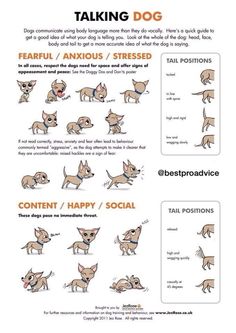
When I worked for my local humane society, I learned that body language is important. That knowledge has saved me many times from being bit. They have the fight or flight instinct, just like us. It was always heartbreaking to see how frightened and upset they were on arrival. Most dogs would cower or try to get away from us, until they understood we were there to help them. I was taught to NEVER take a signal lightly.
A frightened dog will bite, just as often as an aggressive dog. There have been dogs that have made me uncomfortable. I always trust my instinct, and I suggest you do too. I have rescued many dogs running down busy roads, and even some just taking a stroll through my neighborhood. Before I approach them, I try to assess their body from a distance. We may not always have the chance to do that, but try your best. It will prevent you from receiving a bite from an upset dog.
It does take some time to be able to clearly catch dog signals and body language. Practice makes perfect. It seems like once I learned how to read my dog, our relationship became stronger.
Teaching your dogs basic commands will help also. Dogs should have manners, and we have to teach them. Dogs thrive off of routine, persistence and positive reinforcement. My dog is very food driven, but maybe your dog has a special toy that it favors. Use that to your advantage for training.
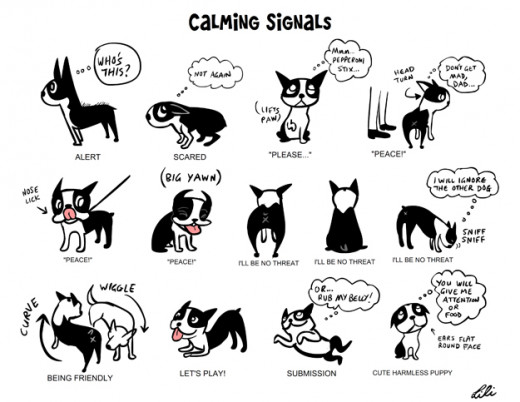
I hope you have learned something new from this article. Knowledge is power. Utilize these tools and you have a far less chance to receive a bite. If you have any questions, leave me a comment and I will get back to you as soon as possible. I have always had a passion for animals. I like to help people out, especially with information about bite prevention. Please remember, all dogs can and will bite given the chance. From Teacup chihuahuas, to Great Danes, a bite is a bite regardless of breed and size. Dog bites are not limited to certain breeds.
Dogs are my favorite domesticated animal. I have learned a lot to help them, and I have learned from them. I love cats also, but they are slightly harder to read considering my cats always look disgruntled. Even when they are happy.


